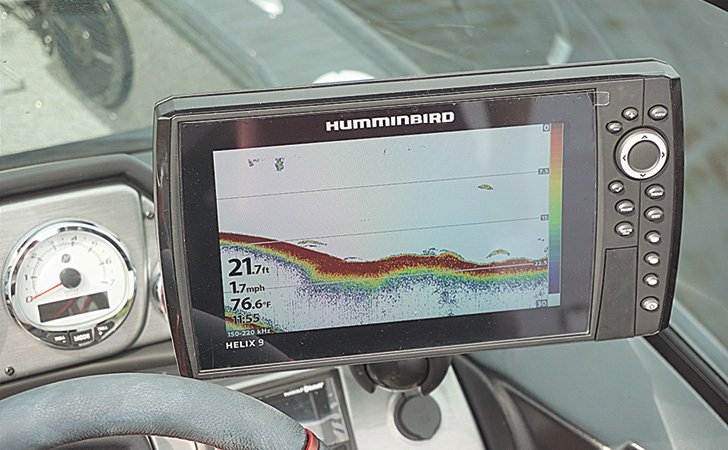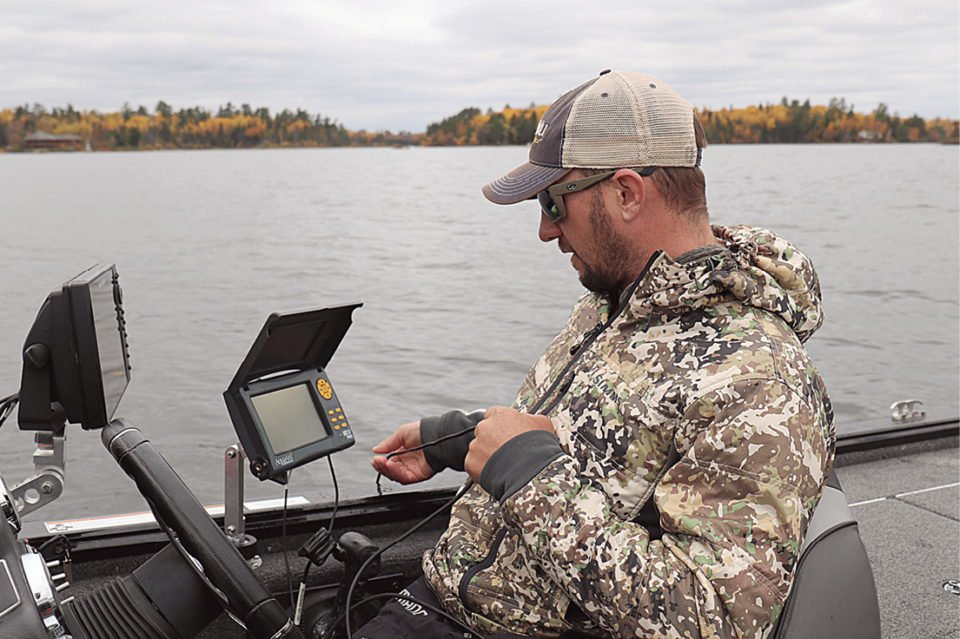For many of us, fishing and boats are a magical pairing. Yes, you can work parts of a lake from the shore, or from a dock, but the angler it is at a significant disadvantage. Get in a boat on a lake, however, and the whole game changes.
While any boat is better than no boat, the basic fishing craft has really changed over the years. Generally, modern fishing boats are larger, drier and have cleaner running outboards than the craft many of us grew up with. On top of that, technology has made some remarkable advances.
Here are just a few of the neat additions you can consider on your boat before this year’s open water season.
Electronics
Nothing has had more of a radical impact on how people fish on lakes, rivers and reservoirs than sonar. Although flashers and fish finders have been around for decades, modern sonar units have technology once only available to the military or NASA. Companies including Humminbird, Lowrance and Garmin have units that are not only high definition, but have advanced GPS capabilities.
For instance, on my main fishing boat, the main unit—a Humminbird Helix 9—has the ability to run a number of different functions at once. The GPS mapping allows me to see where I am running on the lake and at what speed, while laying down a virtual “track.” Another function shows me the depth and bottom even when running at a high speed. A side scanning system shows what is on bottom to the right and left of the boat. The accuracy of this is similar to a radar as you can see individual rocks and fish. You can toggle over on the screen and drop a way point on some reef or structure that catches your eye.
To top it all off, a program called Autochart builds a depth map of the lake and stores it on a chip. This slowly builds an accurate depth map of the lake. Best of all, you can watch all of these functions at once, or separately, if you desire. This is not your Grampa’s fishfinder.
Trolling Motors
Another huge change for anglers has been the arrival of “smart” trolling motors. While the basic concept of the classic bow mount trolling motor has remained the same—that is an electric powered propulsion system at the front of the boat—a lot of other things have improved. There are still manual deploy systems, but you can also buy trolling motors with remote deploy. In other words, you can raise and lower the motor from the water without going to the front of the boat.

Another tool, which is especially useful if you have a few people in a boat, a family, or are guiding, is the ability to run a trolling motor from anywhere in the boat. The Garmin Force, Motorguide Xi and Humminbird IPilot are all remote-control capable trolling motors. Using the remote, you can turn the motor left and right, speed up or slow down, and even anchor in one spot using GPS triangulation. There are also a wide variety of other options in some units including the ability to save a path and have it run on auto pilot. You can wear the remote around your neck and it is always handy. To make rigging with bow mount electronics even easier, many companies have incorporated a transducer in the bottom of the trolling motor with the ability to take a variety of electronics. This saves the rigger from having to attach a transducer to the prop and using cable ties to attach wiring to the shaft.
Underwater Cameras
Underwater cameras have been popular for a couple of decades, but I never really found the early models user friendly. The screens were small and it was hard to see anything in day light. However, many newer underwater camera systems feature a much larger screen and have become extremely popular among top level anglers. My friend Jeff Gustafson, from Kenora, Ontario, is one of those people. Gustafson—or “Gussy” as he is best known—is one of the pre-imminent Canadian bass pros. He is a big believer in underwater camera use on fishing boats, so I asked him where and how he uses them.
“They really shine in clear water and are a great tool for species identification and learning more about your favourite spots,” Gussy said. “We’ve all had situations where we see fish on our electronics that we can’t catch. I have had my screen showing what I thought was a massive school of walleyes under my boat but couldn’t get one to bite. After going through my arsenal of baits, I’ve dropped a camera down…and it was a school of suckers.”
Gustafson also said underwater cameras are great for viewing structure and trying to sort out why one piece of a reef or a weed-line is so much better than another. “You can drop a camera down and see what is attracting and holding fish,” he said. “Often it is a big boulder or maybe a patch of sand or clump of grass. You really learn a lot.”
Gustafson said he mounts an Aqua-Vu HD7i unit at the console of his boat so it’s always there and ready to use. But he noted they do come with a portable bag so you can take them anywhere.
Those are just a few of the options you can add to a modern fishing boat. Not all of them will be for everyone, but it is fascinating to see what is out there.
Unfortunately, the one thing none of these add-ons can do is make fish bite. That remains the most elusive angling mystery of all.






